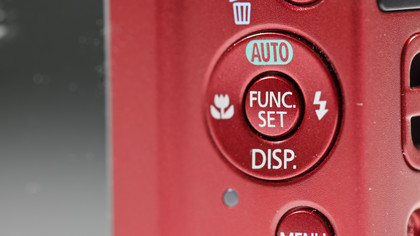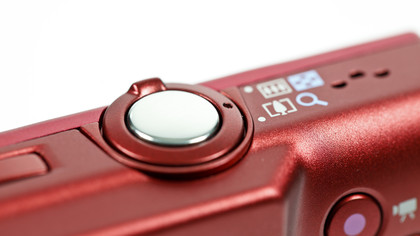Why you can trust TechRadar
Delicately proportioned and featherlight, the Canon PowerShot A4000 IS slips easily into a pocket - we're talking skinny jeans here, rather than clowns' trousers.
As you might expect, the Canon PowerShot A4000 IS's pint-sized proportions do mean that there's limited space for controls, and the buttons that are there are comparatively small. Take the control pad, for instance. It's tiny - we're talking fingernail size. As you can imagine, this can make it tricky to operate for all but the slenderest of fingers, particularly because there isn't much give in the keys.

On the whole, though, the Canon A4000 IS is very simple to operate. Canon's menu system remains one of the easiest to navigate, but you don't have to delve into it much when shooting.
Instead, dabbing the FUNC/SET button in the centre of the control pad brings up a quick menu of essential functions, such as scene modes, white balance and ISO.

The four-way pad gives you access to the settings for flash, focus and display, while tapping up on the pad triggers the green Smart Auto mode. This is a great idea for when you might be experimenting with a different shooting mode, but need to quickly return the camera to a point-and-shoot setup to grab a shot. A second tap on Auto returns the camera to the previously selected mode.
The remaining four buttons arranged neatly on the back of the Canon PowerShot A4000 IS are used to begin video recording, to enter the main menu, start playback (with the camera switched on or off - always a neat feature) and access the Help feature.

The Help key displays information about the the effect or function of the various camera controls on the rear LCD screen. It dishes out quite generic details, though.
Sign up for breaking news, reviews, opinion, top tech deals, and more.
We'd have preferred to see it being used to provide more in-depth information when cycling through the shooting parameters in the Function menu, where beginners might need more guidance. In fact, pressing the Help key when you're in the menu system simply quits out of it.
